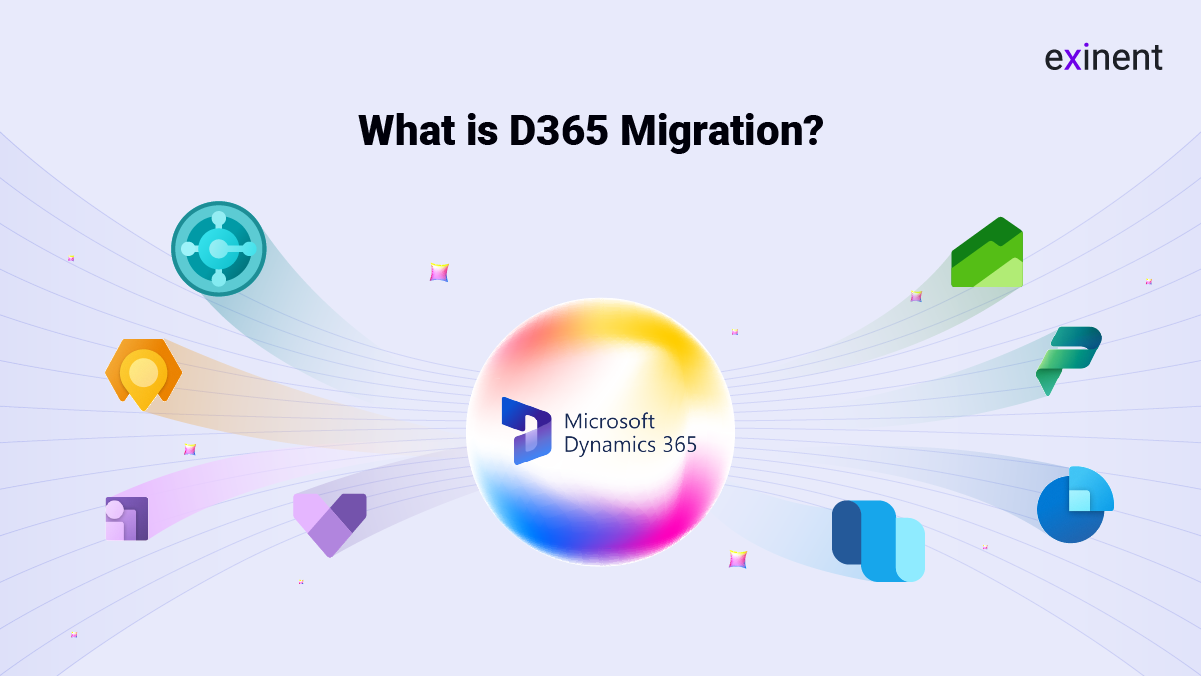
In today’s fast-paced business environment, organizations are continually seeking ways to enhance their operations and maintain a competitive edge. One of the most significant steps many companies take is migrating their systems and data to cloud-based platforms. Microsoft Dynamics 365 (D365) is a popular cloud-based solution that integrates various business functions, including customer relationship management (CRM) and enterprise resource planning (ERP). D365 migration refers to the process of moving data, applications, and workflows from legacy systems, on-premises solutions, or other cloud services to Microsoft Dynamics 365.
This blog will explore what D365 migration entails, its benefits, the types of migration strategies available, and the critical factors to consider when planning a D365 migration.
Understanding D365 Migration
D365 migration involves transferring an organization’s existing data, processes, and business operations to Microsoft Dynamics 365. This platform offers a unified solution for managing various business functions, such as finance, sales, marketing, customer service, and supply chain operations. Migrating to D365 enables businesses to leverage the cloud’s power, providing scalability, flexibility, and advanced analytics capabilities.
Why Consider D365 Migration?
Migrating to Dynamics 365 offers numerous advantages that can help your business streamline operations, improve decision-making, and enhance customer experiences. Here are some compelling reasons to consider D365 migration:
- Unified Platform: D365 integrates various business functions into a single platform, eliminating data silos and enabling seamless collaboration across departments.
- Scalability and Flexibility: As a cloud-based solution, D365 allows your business to scale its operations easily. Whether you’re expanding your business or need to adjust to market changes, D365 can accommodate your needs.
- Enhanced Productivity: With integrated tools and automated workflows, D365 helps your team work more efficiently, reducing manual tasks and freeing up time for more strategic activities.
- Advanced Analytics: D365 offers built-in analytics and AI capabilities, providing real-time insights that can drive better decision-making and improve business outcomes.
- Improved Security: Microsoft invests heavily in the security of its cloud services, offering advanced security features and compliance with industry standards to protect your data.
Types of D365 Migration
There are different approaches to migrating to Dynamics 365, depending on your organization’s current systems and specific needs. The most common migration strategies include:
1. Lift and Shift Migration
This approach involves moving your existing applications and data to D365 without making significant changes. It’s a straightforward process that allows you to quickly benefit from D365’s cloud capabilities. However, this method may not fully leverage D365’s advanced features, as it primarily replicates your existing setup in the cloud.
2. Re-Implementation
Re-implementation involves setting up a new D365 environment from scratch and migrating only the necessary data and configurations. This approach is ideal for organizations looking to optimize their processes, eliminate outdated practices, and take full advantage of D365’s capabilities. While more complex and time-consuming, re-implementation can result in a more streamlined and efficient system.
3. Phased Migration
Phased migration involves gradually moving different parts of your business to D365 over time. This approach allows for a controlled transition, reducing the risk of disruption and giving your team time to adapt to the new system. Phased migration is often used when migrating from complex, heavily customized systems.
4. Hybrid Migration
In a hybrid migration, some of your business functions remain on-premises while others move to D365. This approach is suitable for organizations that need to maintain certain legacy systems or are not ready for a full cloud transition. Over time, additional functions can be migrated to D365 as needed.
Key Considerations for D365 Migration
Migrating to Dynamics 365 is a significant undertaking that requires careful planning and execution. Here are some key factors to consider when planning your D365 migration:
- Assessment of Current Systems: Start by assessing your current systems, processes, and data to determine what needs to be migrated. Identify any customizations, integrations, and third-party applications that may need to be addressed during the migration.
- Data Migration Strategy: Data migration is a critical component of the D365 migration process. You’ll need to decide which data to migrate, how to map it to the new system, and how to handle any data cleansing or transformation required. Ensuring data accuracy and integrity is essential for a successful migration.
- Customization and Configuration: Depending on your business needs, you may need to customize and configure D365 to align with your existing processes. Consider whether you’ll replicate existing customizations or take advantage of D365’s built-in features and capabilities.
- User Training and Change Management: A successful migration involves more than just moving data and applications; it also requires getting your team on board with the new system. Invest in training and change management to ensure a smooth transition and help your employees adapt to the new platform.
- Testing and Validation: Before going live, thoroughly test the new D365 environment to ensure everything functions as expected. Validate data accuracy, test integrations, and conduct user acceptance testing (UAT) to catch any issues before the final migration.
- Ongoing Support and Optimization: After the migration, continue to monitor and optimize your D365 environment. Regular updates, performance tuning, and ongoing support are essential to maximizing the benefits of D365 and ensuring long-term success.
Conclusion
D365 migration is a strategic move that can significantly enhance your organization’s efficiency, scalability, and competitiveness. By carefully planning and executing your migration, you can unlock the full potential of Microsoft 365 Migration and position your business for future growth. Whether you choose a lift-and-shift approach, re-implementation, or phased migration, understanding the process and key considerations will help ensure a smooth and successful transition to D365.
